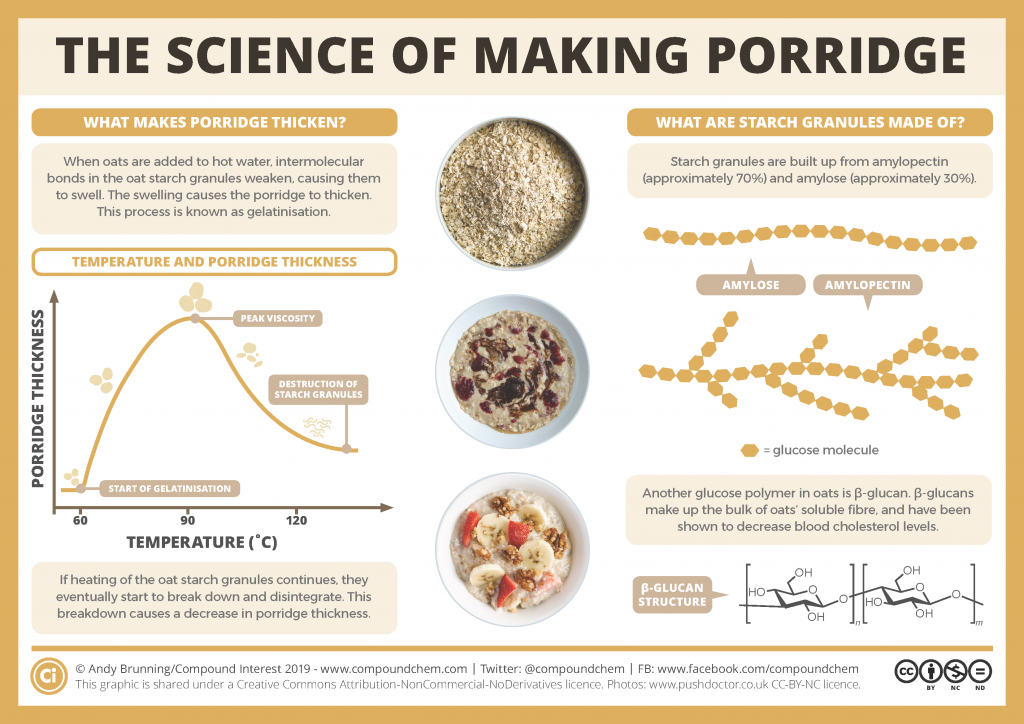Due 6/16 at 12:00 pm (noon) Submit on Blackboard
Information graphics, or infographics, are visual explanations of data, information, or knowledge. They are excellent visual tools for explaining huge amounts data in comprehensible representations as well complex concepts in approachable ways. Infographics like these can serve as introductions or summaries of particular concepts or ideas. Here are some examples: Box folder.
Your assignment is to create a series of three infographic pages to illustrate and describe the science, history, etc. of your final project.
Specifics:
- Choose your topic.
- Complete the Infographic Planning Guide to help you gather information about your topic in an organized way.
- The infographic must include:
-
- all the information from your Information Planning Guide. Keep in mind that this is a visual presentation. You should limit your use of text to key pieces of important information. Be concise!
- a logical flow of information. Your infographic is not a list of random facts; have a presentation strategy.
- relevant images and/or symbols. You must credit the source of photos or images that you did not generate. Figures may also be drawn in by hand or created with software
- citations. Cite your references within the graphic itself. Sources should be trustworthy and citations should be complete so that someone else can find the source.
Example: Food Chemistry by Compound Interest
- Submission: Submit the infographic as a PDF via email. It should be easily readable on an 8.5 x 11” page.
Workflow Suggestions:
- Gather information. Instead of jumping straight to graphic design, start by gathering chemical information and strategically deciding what story you want to tell and which data you will use to tell it.
- Create a vision. Use post-it notes to plan out your infographic. Box the information and decide on the order your data should appear. How does it flow?
- Select a graphic design tool. You do not need to be a graphic design professional, but your infographic must be appropriate for your audience. Think about how the visual aspect of your infographic will appeal to a general audience of CHEM 114 students and beyond. Convince them yours is worth reading!
Tools and Guides:
Use any technology with which you are comfortable. Some ideas and resources are below:
- PowerPoint Adobe Illustrator,
- http://piktochart.com/
- http://www.canva.com/
- https://infogr.am/
- http://www.easel.ly/
- etc.
Hongkiat blog post “20+ Tools to Create Your Own Infographics” by Kay Tan:
http://www.hongkiat.com/blog/infographic-tools/
“12 Tools to Create an Infographic in 30 Minutes (Design Skills or Not)”:

